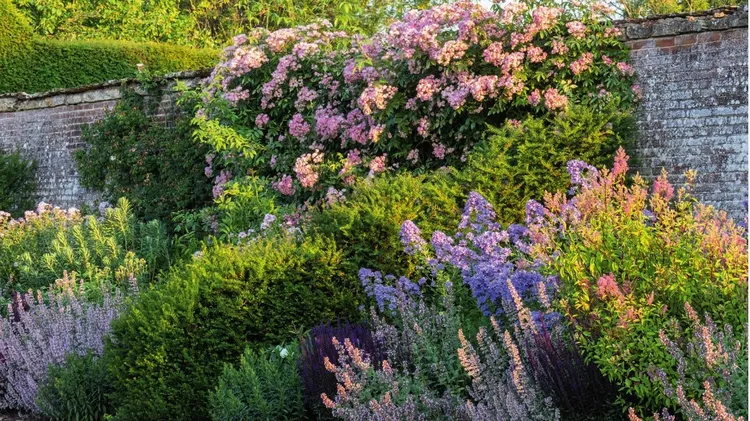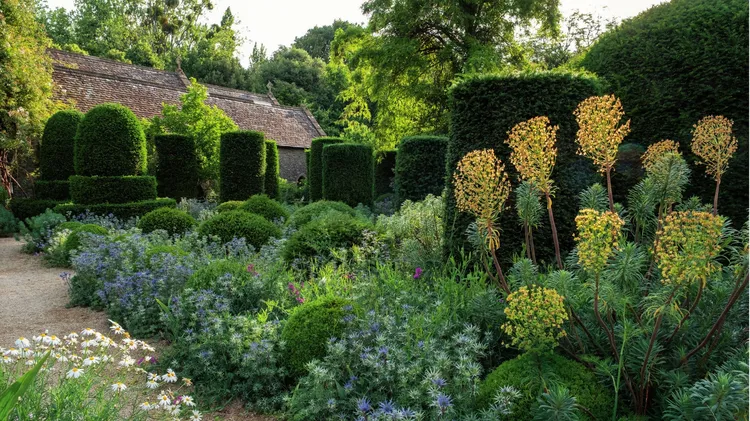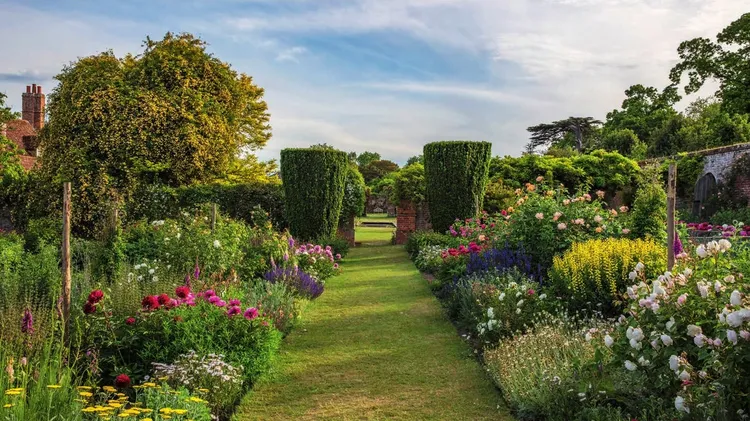Continuity is the name of the game at fad-free Parham House in West Sussex, whi
Ties that bind
5 min read
This article is from...
Read this article and 8000+ more magazines and newspapers on Readly






